The United States is home to some of the most biodiverse landscapes on the planet, many of which are protected within its vast network of national parks. From misty mountain ranges to sun-scorched deserts, these unique ecosystems are the last remaining sanctuaries for some of the world’s rarest and most resilient plants.
In certain parks, you’ll find plants that exist nowhere else on Earth — not even in neighboring regions. Think of the Giant Sequoia, which towers exclusively in California’s Sierra Nevada, or the striking Saguaro Cactus, found only in the Sonoran Desert around Arizona’s Saguaro National Park. These rare species not only define the identity of the parks they inhabit, but they also tell stories of ancient climates, evolution, and adaptation.
In this guide, we’ll highlight 12 remarkable plants — from the Joshua Tree in its namesake park to the elusive pitcher plant tucked away in wetland corners — each tied intimately to one specific park. Whether you’re a traveler, a nature lover, or a botany enthusiast, these plants are well worth the pilgrimage.
Giant Sequoia
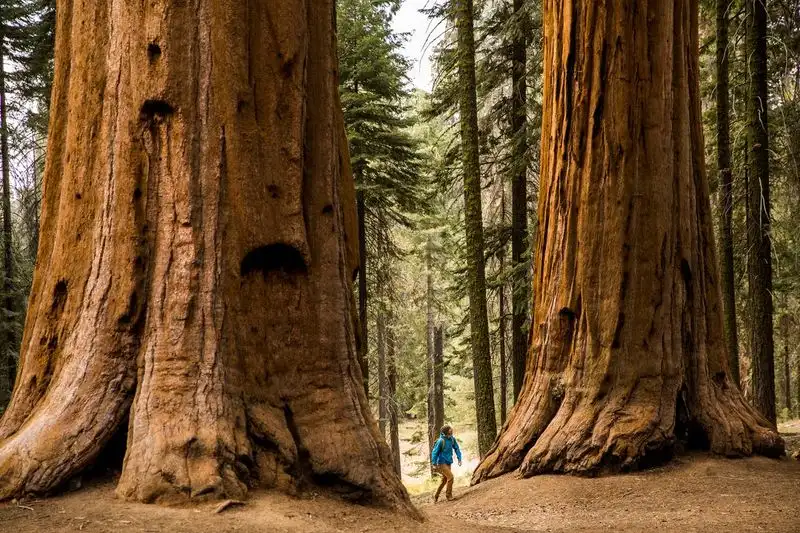
Standing proudly in Sequoia National Park, the Giant Sequoia is a true marvel of nature. These colossal trees can live for thousands of years, witnessing the passage of time like no other. One can’t help but feel small standing beneath its towering presence.
Their bark, thick and spongy, offers protection from fires, ensuring their longevity. While the tree’s height is impressive, the sheer volume of the trunk is equally awe-inspiring.
These trees play a crucial role in the park’s ecosystem, providing habitat for various wildlife species. Truly, they’re a natural wonder worth preserving.
Bristlecone Pine
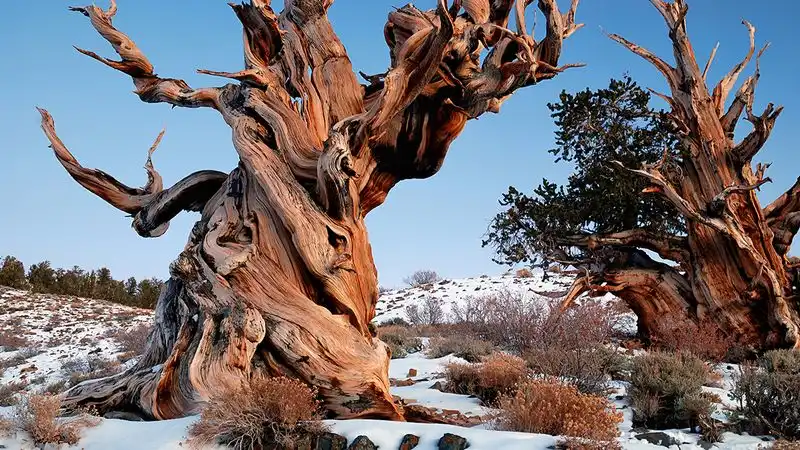
In the high altitudes of Great Basin National Park resides the ancient Bristlecone Pine, known for its incredible longevity. These hardy trees endure harsh conditions, with some living over 5,000 years.
Their twisted, gnarled branches are a testament to their resilience, shaped by the relentless winds and time itself. Despite their age, they continue to flourish in their rocky habitat.
The Bristlecone Pine’s ability to survive where few others can is a story of adaptation and endurance. Observing one is like stepping back in time to an ancient world.
Joshua Tree

Joshua Tree National Park is home to the iconic Joshua Tree, a symbol of resilience in the desert. Its spiky branches reach for the sky, creating an otherworldly silhouette against the barren landscape.
These trees aren’t just visually striking; they provide vital habitat and food for numerous desert creatures. The park’s ecosystem relies heavily on the Joshua Tree for survival.
When visiting, one can’t help but marvel at their adaptability and unique beauty. These trees truly embody the spirit of the desert, standing strong against the harsh, arid environment.
Pitcher Plant
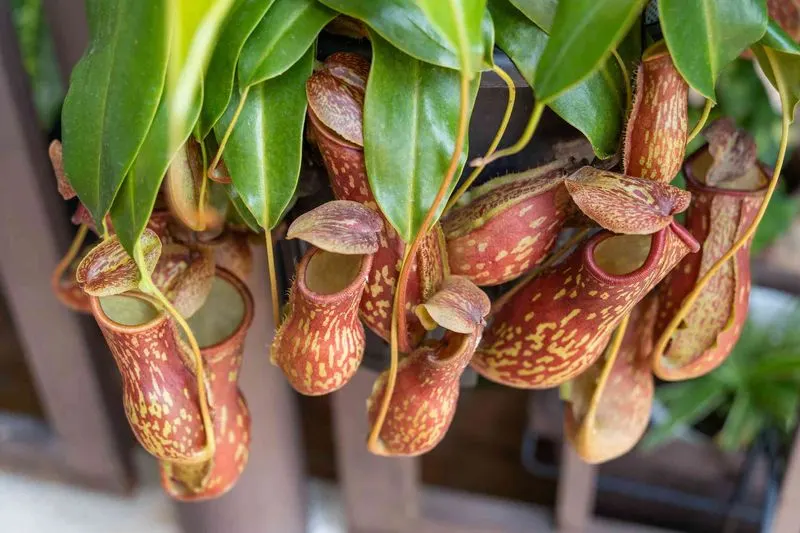
Everglades National Park houses the intriguing Pitcher Plant, a carnivorous species that lures insects into its tubular leaves. This fascinating adaptation allows it to thrive in nutrient-poor soils.
The plant’s vibrant colors and unique structure are not just for show; they play a crucial role in its survival strategy. By trapping insects, it gains essential nutrients that the soil lacks.
Exploring the Everglades and finding this plant adds an element of excitement and discovery. It’s a reminder of the incredible diversity and ingenuity found in nature.
Saguaro Cactus
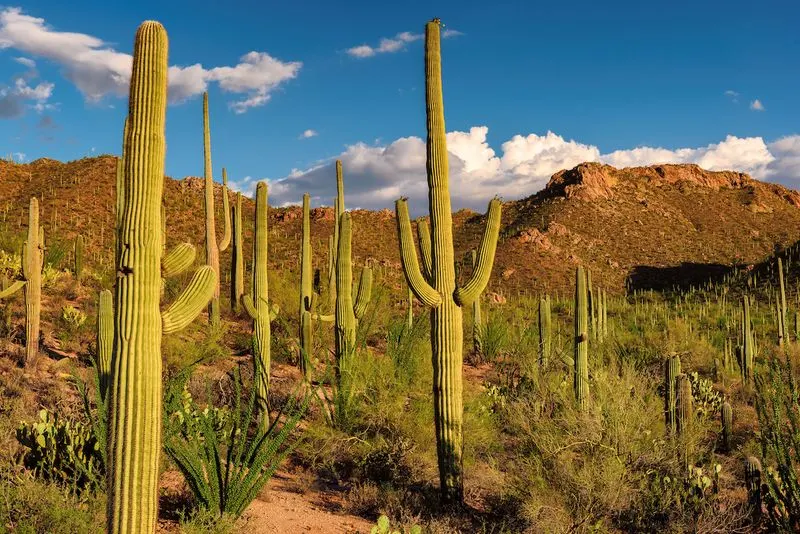
Dominating the landscape of Saguaro National Park, the Saguaro Cactus stands as an emblem of the American Southwest. These giants can grow up to 40 feet tall and live for over 150 years.
Their iconic arms, often silhouetted against the desert sky, are a testament to their unique adaptations to arid conditions. These cacti are more than just plants; they are vital to the local ecosystem.
Providing shelter and food for a variety of wildlife, they play an essential role in maintaining the balance of desert life. The Saguaro is indeed a symbol of resilience and beauty.
Moonlit Ghost Fern
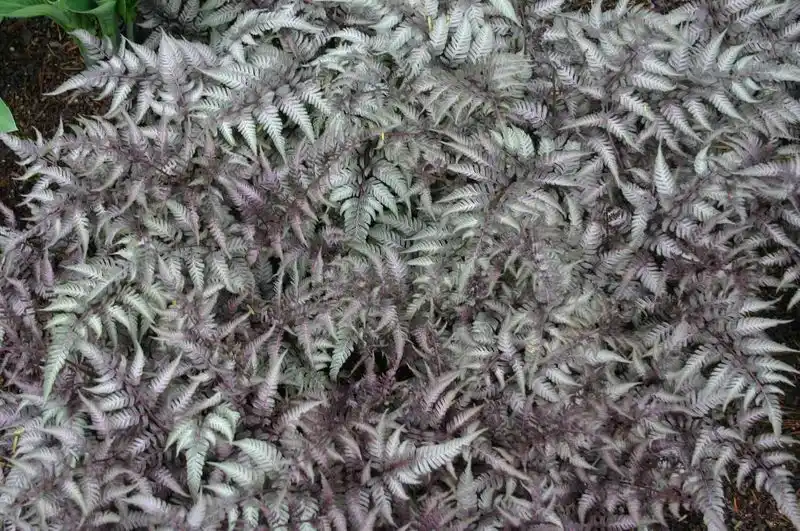
Imagine a fern so delicate it appears to be woven from moonlight. The Moonlit Ghost Fern, found exclusively in Yellowstone National Park, captivates visitors with its ethereal appearance. Its fronds, almost translucent, shimmer under the moonlit sky, creating a hauntingly beautiful spectacle.
This fern thrives in the shaded, moist environments of the park’s dense forests, where it contributes to the mystical ambiance. Botanists have marveled at its unique adaptation strategies, allowing it to survive the harsh, ever-changing conditions of Yellowstone.
Considered a rare gem, this plant offers a glimpse of nature’s spectral artistry.
Crimson Cactus Blossom
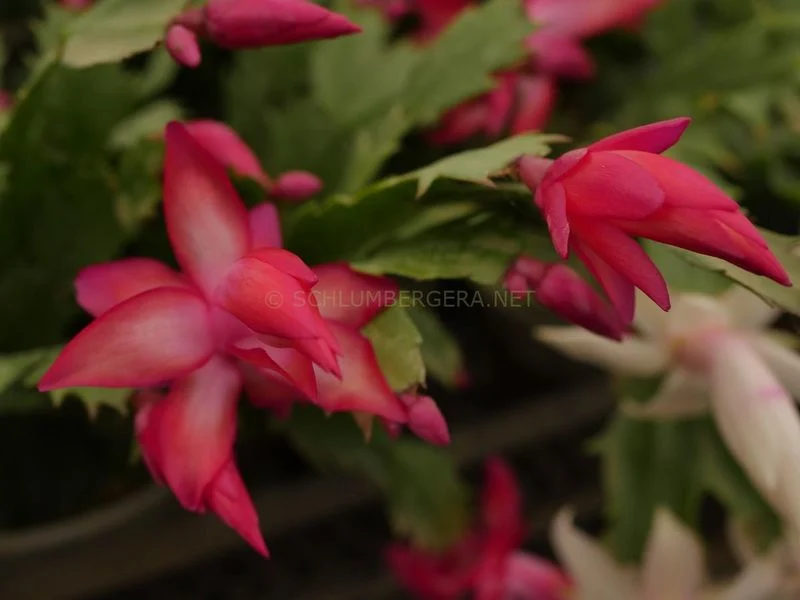
In a desert where life seems improbable, the Crimson Cactus Blossom triumphs with vibrant audacity. Nestled in the heart of Death Valley National Park, this rare cactus flaunts its deep crimson flowers against the barren, arid backdrop.
Each bloom is a vivid reminder of nature’s resilience, thriving under a relentless sun that scorches the earth. Visitors often find themselves captivated by its stark beauty, a testament to survival in the harshest of climates.
This cactus not only adds a splash of color but also symbolizes the tenacity of life against all odds.
Blue Mist Orchid

Hidden within the lush canopies of Hawaii Volcanoes National Park, the Blue Mist Orchid enchants with its misty blue petals. This rare beauty adds a touch of tropical elegance to the park’s rich biodiversity.
Its petals resemble delicate wisps of mist, creating an almost ethereal aura amidst the dense foliage. This orchid is a magnet for nature enthusiasts and photographers seeking to capture its elusive charm.
Despite its fragile appearance, the Blue Mist Orchid is surprisingly hardy, adapting well to the humid conditions of its tropical home.
Emerald Veil Lichen
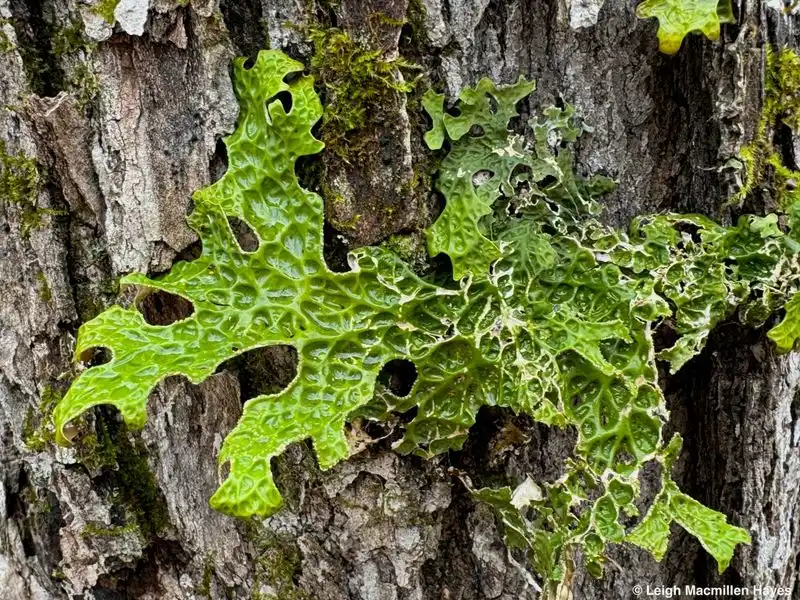
Emerald Veil Lichen, a rare organism found in Olympic National Park, dresses the ancient rocks with a verdant cloak. Its vibrant green hue creates a striking contrast against the park’s temperate rainforest backdrop.
This lichen thrives in the moist, cool environment, contributing to the park’s rich tapestry of life. It’s a symbiotic marvel, representing the delicate balance of nature.
Visitors often pause to admire this natural artwork, a reminder of the interconnectedness within ecosystems. This lichen is a quiet guardian of the forest’s secrets.
Golden Aura Grass

The Golden Aura Grass of the Great Smoky Mountains National Park sways like liquid gold across the park’s vast meadows. Its shimmering blades catch the sunlight, casting a warm glow that enchants visitors.
This grass is more than just a visual delight; it plays a vital role in the park’s ecology, providing habitat and nourishment to various species.
Its golden hues are a seasonal spectacle, marking the transition from summer to autumn. Nature lovers relish the sight of this breathtaking phenomenon, a testament to the beauty of simplicity.
Silver Frost Thistle

The Silver Frost Thistle, blooming in Rocky Mountain National Park, is a dazzling sight with its frosted petals and silvery leaves. Nestled amid snowy landscapes, it stands resilient against the chilly mountain air.
This thistle is a symbol of perseverance, thriving where few others dare. Its icy beauty is both captivating and formidable, drawing admiration from those who brave the cold to witness it.
The Silver Frost Thistle adds a touch of elegance to the rugged terrain, a reminder of nature’s artistry in the most unexpected places.
Amethyst Dewdrop Lily
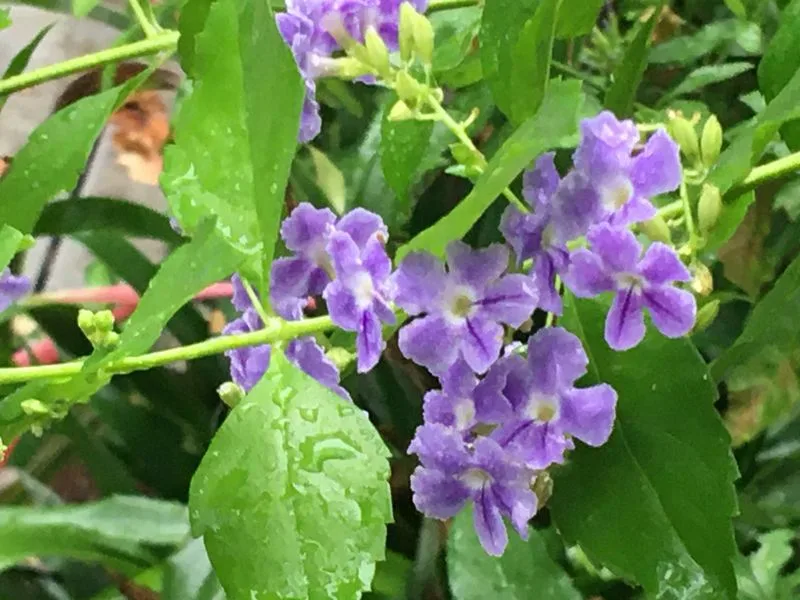
Deep within Yosemite National Park lies the exquisite Amethyst Dewdrop Lily, a flower that mesmerizes with its jewel-toned petals. Each petal sparkles with dewdrops, creating a stunning visual effect in the early morning light.
This lily thrives in the park’s serene settings, adding a splash of color to the verdant landscape. Its beauty is both calming and invigorating, drawing visitors closer to inspect its delicate structure.
The Amethyst Dewdrop Lily is a testament to nature’s ability to create breathtaking beauty, even in the most tranquil of settings.

